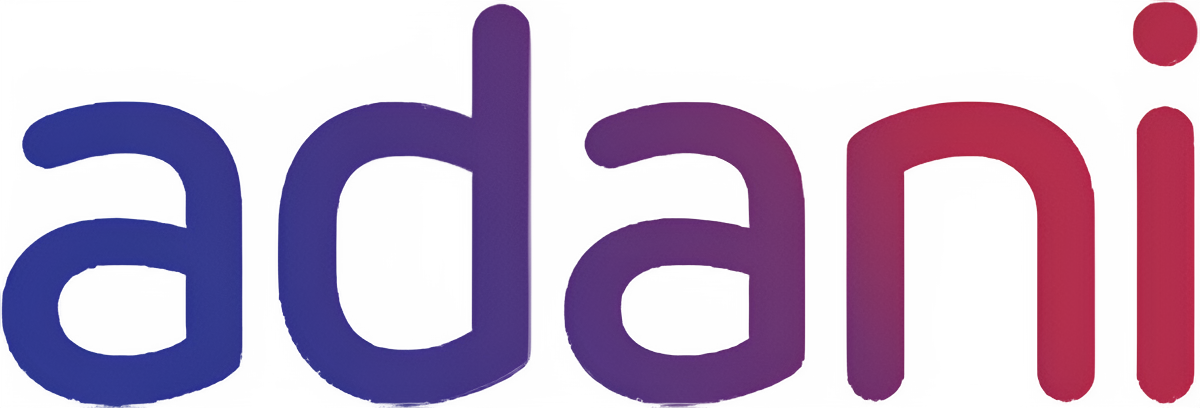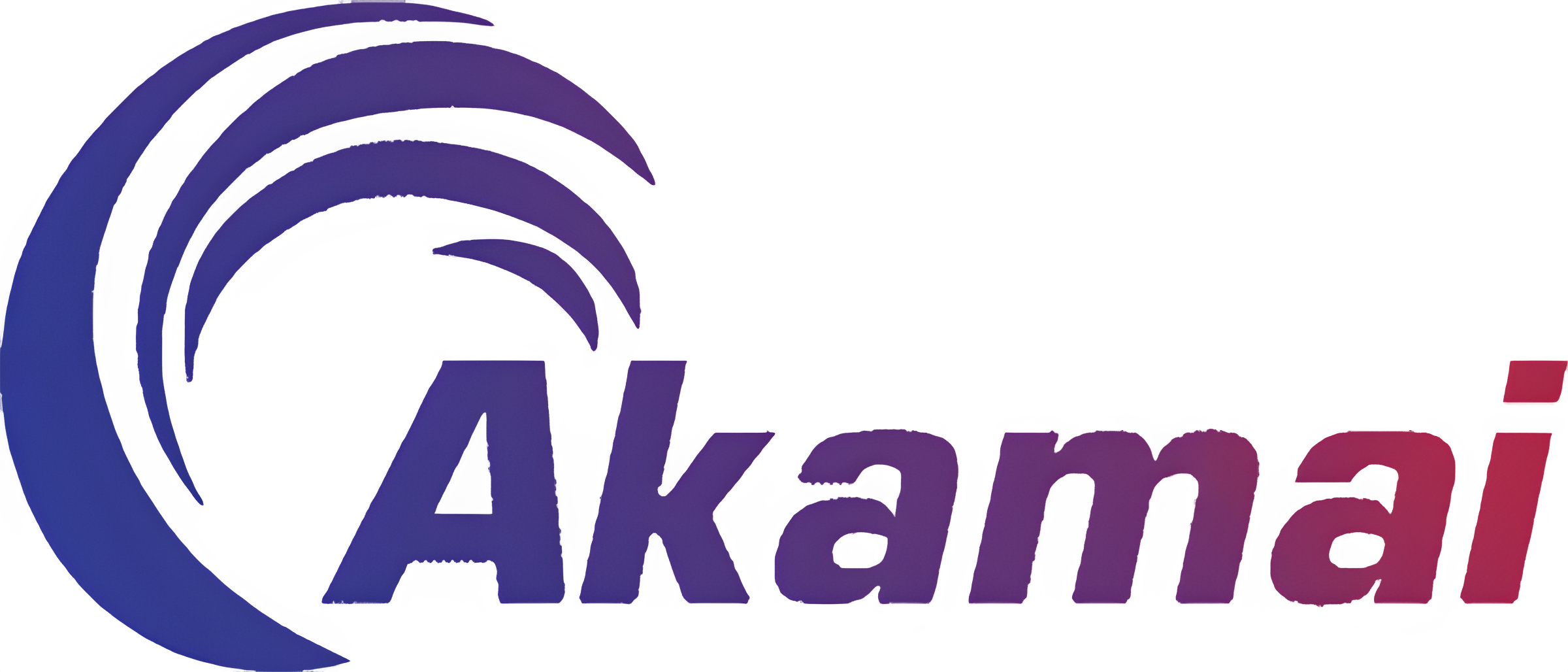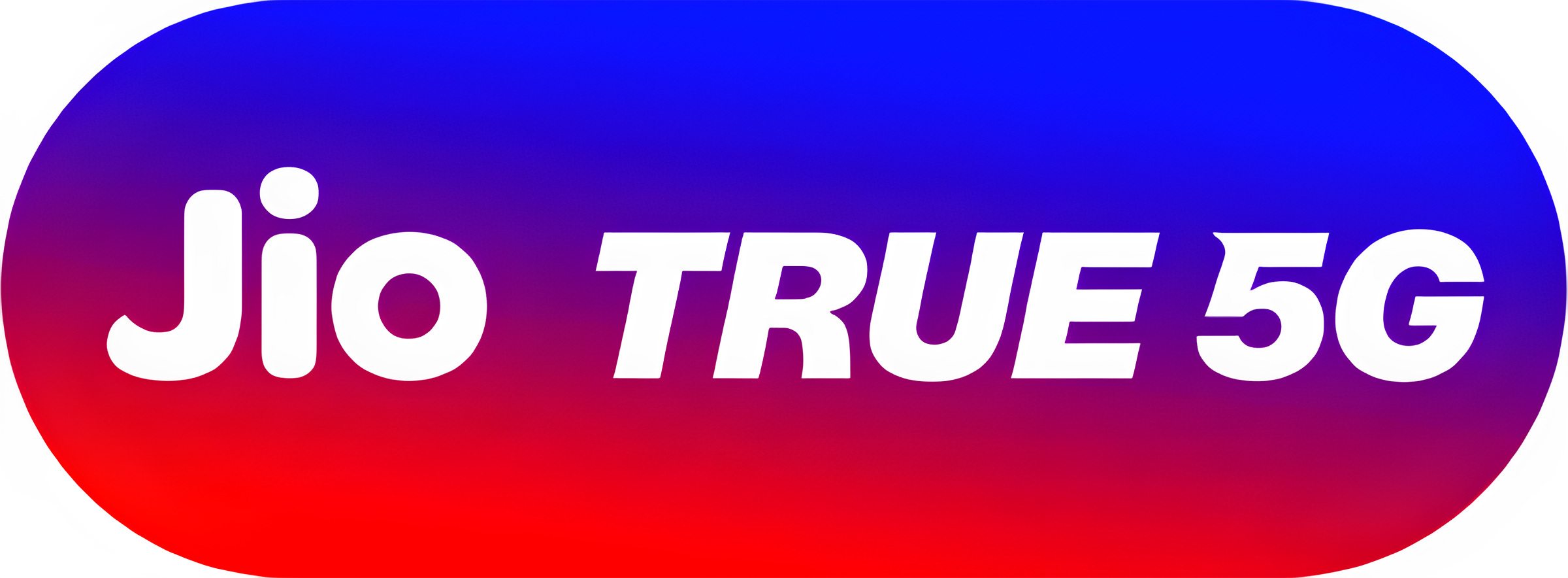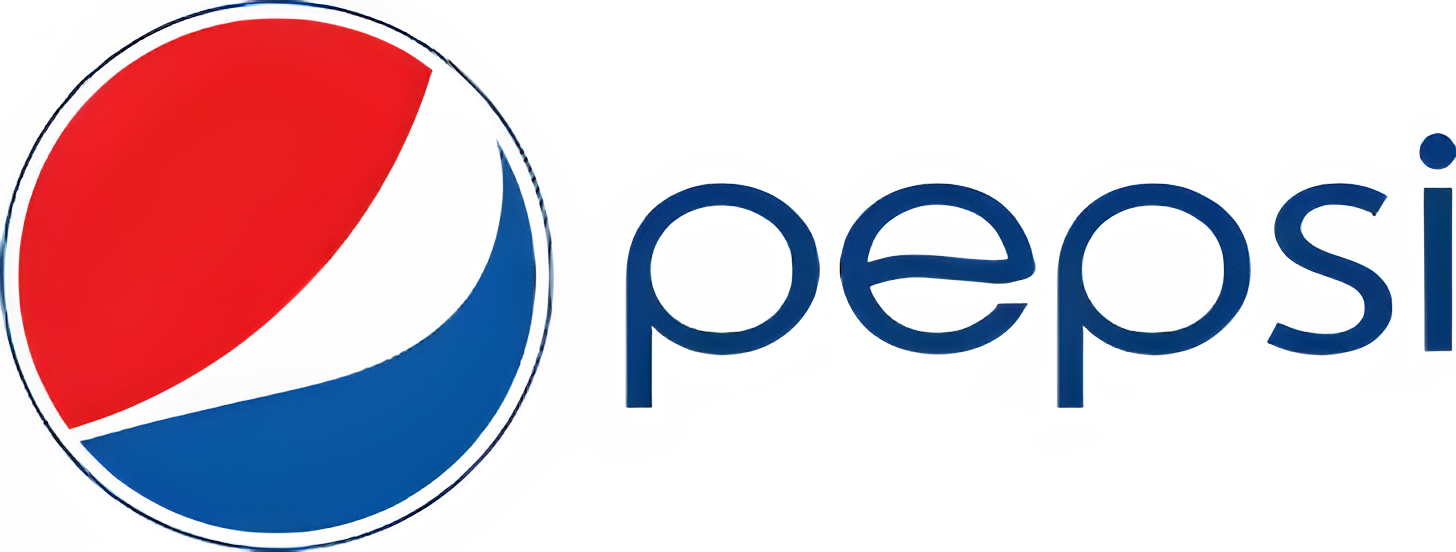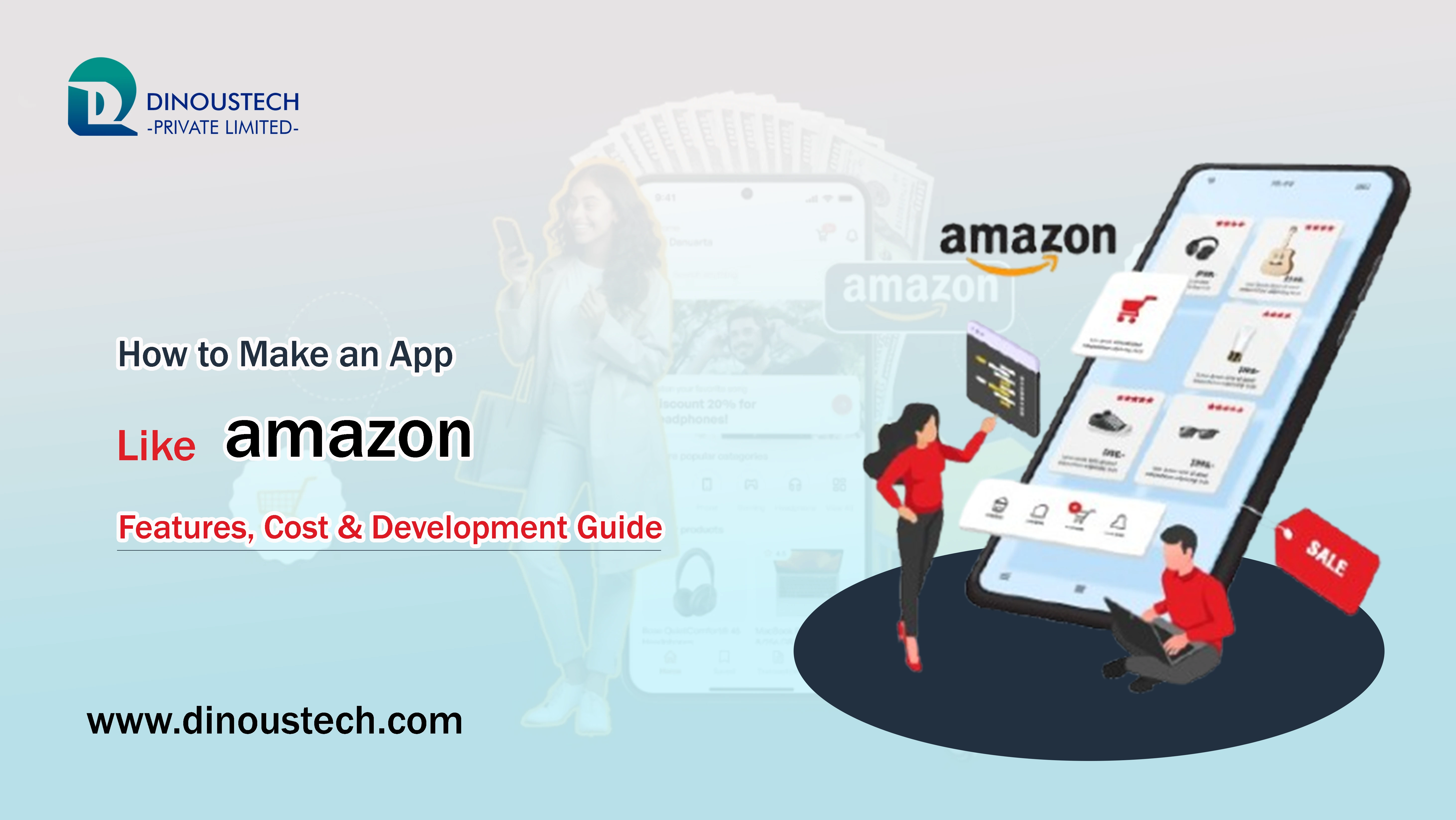How to Make an App Like Amazon: Cost & Development Guide
Building an app like Amazon demands a strategic blend of user-centric design, robust functionality, and scalable architecture. Core capabilities—such as advanced product search, personalized recommendations, multi-seller marketplace support, and seamless checkout—form the backbone of any Amazon clone app development effort. Development costs typically range from USD 40,000 for a basic MVP to over USD 300,000 for an enterprise-grade platform featuring AI-driven analytics, real-time inventory synchronization, and AR-enabled product previews. Whether you partner with an ecommerce app development company, engage an iOS app development company or an android app development company, or choose a full-stack mobile app development company, your vendor selection profoundly influences both budget and outcome.
Adopting cross-platform tools can reduce the mobile app development cost by up to 40%, while native builds deliver optimal performance on each platform. Post-launch maintenance, handled by an affordable software maintenance company, typically incurs 15–20% of initial development costs annually to cover security patches, OS updates, and feature enhancements. Complementing your mobile strategy with affordable web development services ensures consistent omnichannel experiences. In this guide, we unpack the essential features, cost drivers, development process, and best practices to help you create a successful Amazon-like app in 2025.
The E-Commerce App Ecosystem in 2025
The global e-commerce market is projected to exceed US $7.9 trillion by 2027, with mobile commerce accounting for over half of all sales. Consumers demand seamless, intuitive shopping experiences: they expect to find products in seconds, receive personalized offers, and complete purchases with minimal friction. Giants like Amazon have set user expectations with features such as one-click ordering, advanced search filters, and AI-driven recommendations. For new entrants, replicating—and innovating upon—this feature set is crucial to capturing market share. Partnering with a seasoned ecommerce app development company ensures you leverage industry best practices and emerging technologies to meet these evolving consumer demands.
Core Features of an Amazon-Like App
Creating an app akin to Amazon involves more than listing items—it requires a feature-rich ecosystem that supports millions of users and transactions seamlessly. First, a powerful search engine with auto-suggest, typo correction, and voice input enables users to find products quickly. Behind the scenes, Elasticsearch or Solr clusters index product catalogs for sub-second response times. Equally important is a multi-vendor marketplace model that lets third-party sellers onboard, manage inventories, and fulfill orders—all through an intuitive seller portal.
Personalization engines, powered by machine learning, analyze browsing patterns, purchase history, and real-time behavior to surface tailored recommendations, driving average order value and retention. Users should also enjoy dynamic, context-aware product pages featuring high-resolution images, 360° views, and even AR-enabled try-before-you-buy functionality. Integrating social proof—such as user ratings, reviews, and Q&A sections—builds trust and aids decision-making.
The checkout experience must eliminate friction. Implementing one-tap payment options and digital wallets reduces cart abandonment. PCI-DSS–compliant payment gateways like Stripe, Braintree, or local alternatives ensure transactional security and flexibility in supporting multiple currencies. Order tracking modules provide real-time updates on shipment status, ETA, and delivery confirmations, further enhancing user satisfaction.
Estimating Mobile App Development Cost
The mobile app development cost for an Amazon-like platform varies widely based on scope and complexity. A lean MVP—featuring core search, product listings, cart, and checkout—can be developed for USD 40,000–50,000 by an affordable software development company in offshore markets. A mid-tier solution adding seller dashboards, in-app ratings, and basic analytics expands budgets to USD 100,000–150,000. For enterprise-grade apps—with AI personalization, AR integrations, advanced reporting, and global multi-region deployments—costs can exceed USD 300,000.
Choosing between native and cross-platform approaches further influences costs. Native iOS and Android builds—executed by specialized iOS app development company and android app development company teams—ensure peak performance and deeper integration with platform-specific features, though they require separate codebases. Cross-platform frameworks like Flutter or React Native can share up to 80% of code, trimming development time and costs by up to 40%, albeit with potential trade-offs in performance for highly interactive or graphics-intensive modules.
Technology Stack and Architecture Best Practices
A robust Amazon-clone demands a scalable, resilient architecture. Industry-leading apps employ microservices patterns—decomposing functionalities such as user service, product catalog, cart, payments, and notifications into independently deployable services managed via Kubernetes. APIs are exposed through a gateway layer with rate limiting, authentication, and analytics. Data storage blends SQL databases (PostgreSQL/MySQL) for transactional integrity with NoSQL solutions (MongoDB, Cassandra) for high-throughput catalog and session data. In-memory caches like Redis accelerate frequent queries (e.g., top products, user preferences).
Real-time messaging infrastructures (Kafka, RabbitMQ) handle asynchronous events—order placements, inventory updates, and notification dispatch—ensuring reliability under heavy load. Content Delivery Networks (CDNs) like CloudFront or Akamai serve static assets and images with minimal latency globally. Continuous Integration/Continuous Deployment (CI/CD) pipelines automate quality gates, tests, and blue-green deployments to maintain zero downtime during updates.
Security is paramount: TLS everywhere, tokenization of sensitive data, OWASP Top 10 compliance, regular penetration testing, and adherence to GDPR, CCPA, and local e-commerce regulations. An affordable software maintenance company partnership guarantees that these security measures remain current, with 24/7 monitoring and rapid response capabilities.
Selecting Your Development Partner
Your choice of vendor shapes project success. A full-stack mobile app development company like Dinoustech Private Limited brings end-to-end capabilities—from ideation and UX/UI design to backend engineering and DevOps. Look for partners with proven Amazon clone app development or Amazon similar app development experience, clear communication processes, and transparent pricing models. Companies offering hybrid engagement models—onshore project management with offshore engineering—tend to deliver the optimal balance of quality and cost efficiency, often at USD 25–50/hr rates.
Key criteria include:
- Portfolio & Case Studies: Evidence of successfully launched e-commerce platforms with high concurrency handling.
- UX/UI Expertise: Ability to craft intuitive, conversion-focused interfaces.
- Technical Depth: Proficiency in microservices, cloud architecture, AI/ML, and AR/VR integrations.
- Maintenance SLAs: Defined post-launch support, covering bug fixes, updates, and performance tuning.
- Cross-Platform Skills: Native and cross-platform capabilities to support diverse device ecosystems.
Post-Launch Maintenance and Growth
Launching your app is just the beginning. Continuous improvements—guided by analytics and user feedback—are critical. Retain an affordable software maintenance company for regular security patches, OS updates, third-party library upgrades, and minor feature releases, typically budgeting 15–20% of initial development costs annually.
Growth strategies leverage unified analytics platforms (Google Analytics 4, Mixpanel) to track funnel conversion, retention cohorts, and feature adoption. A/B testing frameworks (Optimizely, Firebase) enable data-driven UI and messaging optimizations. Marketing integrations—push, email, SMS—drive re-engagement, while loyalty programs and referral incentives amplify organic growth.
iOS vs Android App Development Considerations
Users on iOS and Android often exhibit different behaviors. iOS app development company builds typically yield higher ARPU due to in-app purchase trends, while android app development company efforts capture broader reach in emerging markets. Device fragmentation on Android increases QA cycles, whereas iOS’s controlled device ecosystem simplifies testing. A phased approach—launching on one platform to validate hypotheses before expanding—can optimize budgets and reduce time to market.
Complementary Web Presence
A cohesive omnichannel strategy includes a responsive web portal developed by affordable web development services or a custom website design company. Features like browser-based checkout, order history, and quick reordering synchronize with mobile apps via common APIs, ensuring seamless user experiences and improved SEO.
By meticulously planning your feature set, architecture, and vendor partnerships—anchored by the insights above—you can successfully build an app like Amazon that meets modern consumer expectations, scales reliably under load, and evolves through continuous innovation. Partner with Dinoustech Private Limited, your trusted ecommerce app development company, to bring your vision to life with expertise, efficiency, and long-term support.

